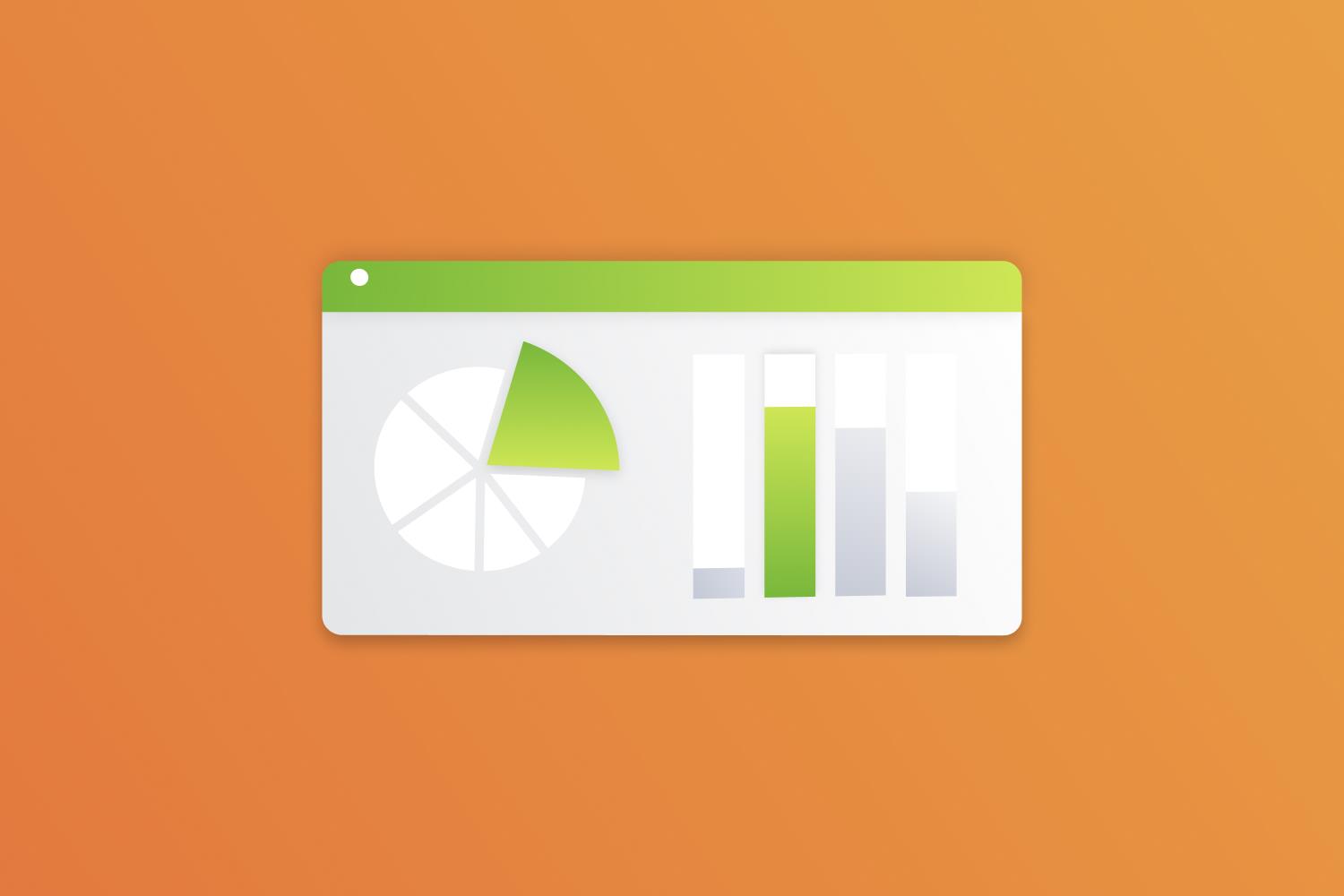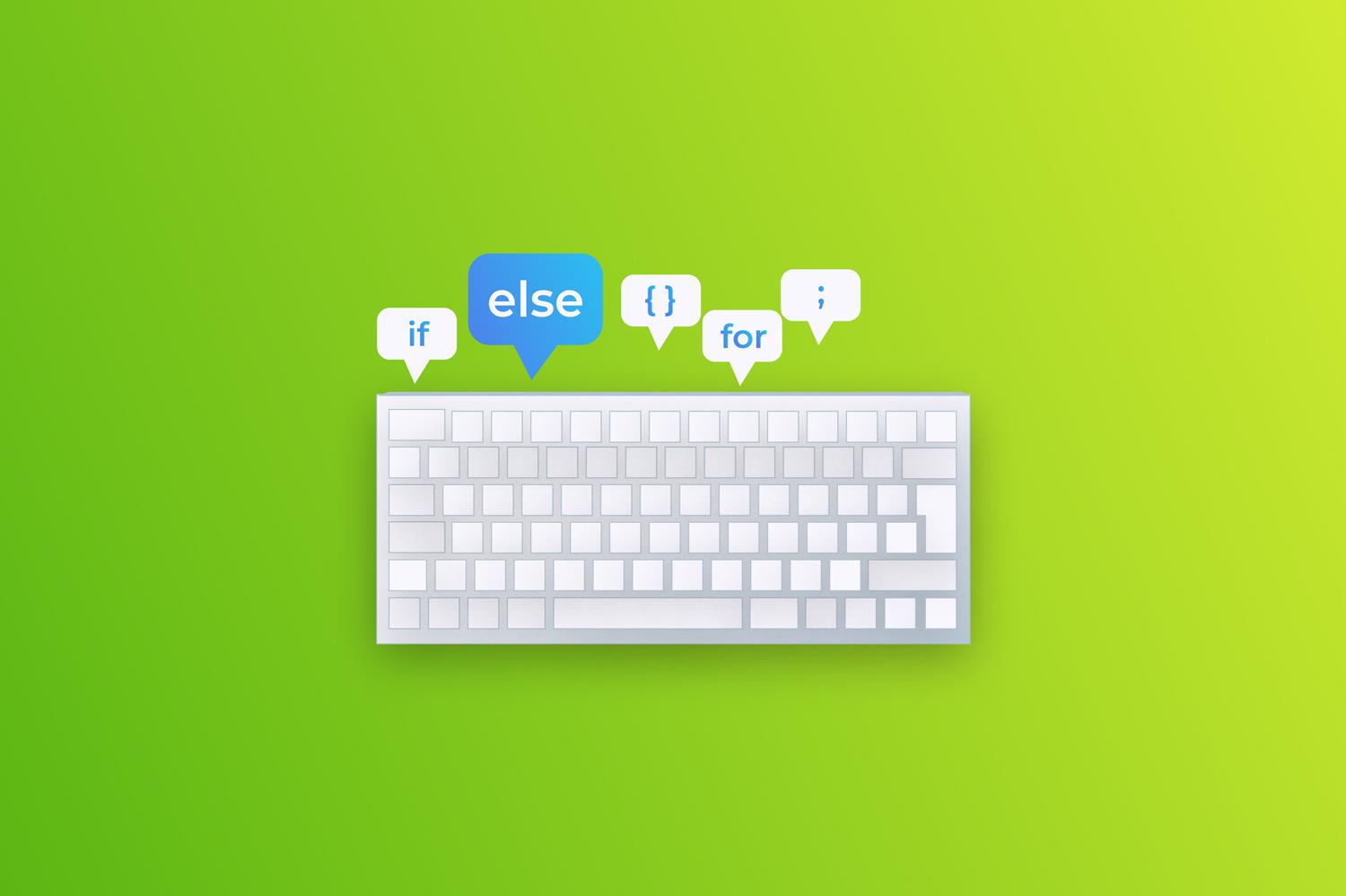Some 10-15 years ago, business analysis had yet to take shape as a separate profession, and the responsibility for defining product requirements and finding the optimal solution fell on project managers, developers, QA engineers, and, eventually, the customers themselves. Software solutions grew increasingly sophisticated over time, and it became increasingly apparent that without a "link" between the client and the development team, projects were, in all likelihood, doomed to failure.
Ever since, business analysts (or BAs) have been putting together the pieces of the puzzle from the customer's business needs, project deadlines, technical capabilities and constraints, budgets, etc. In addition, they periodically answer the most frequently asked questions: whether you need to know how to code to start in the profession and whether it is necessary to have experience in another industry to understand the specifics of a particular business.
We will skip these questions for the purpose of this article and explain instead ten business analysis concepts that every beginner should know, together with Mariia Basiuk, Senior Business Analyst at EPAM.
- A requirement is a generalized term for a set of changes that have value for the project customer and will bring them some benefit when implemented. Requirements can be of different types, going from business requirements, such as increasing profits or the number of customers, to functional requirements, such as adding new features to the website, changing the functionality, etc.
- A stakeholder is any person who has an influence or may be affected by the project: a customer who provides requirements, a developer who writes code, a sponsor who allocates a budget, and many other participants in the process.
- An interview is one of the most common communication formats between a business analyst and a customer. The business analyst should thoroughly prepare for the interview to elucidate the specifics of the request and the issues that need to be solved. An interview is an effective method for one-on-one communication, but it can also be conducted for a group of individuals depending on the interviewer's experience.
- A user story is a task created by a business analyst for the development team. Such a task must meet INVEST criteria, that is, be independent, negotiable, valuable, estimable, small, and testable.
- Verification and validation are very similar but, at the same time, fundamentally different concepts. Verification involves determining whether the available tools are sufficient to implement a given requirement. Validation, on the other hand, helps to establish whether the requirements' implementation aligns with the customer's business objectives and whether it will contribute to business goals. Does it still sound confusing? Let's use furniture as an example. Suppose we plan to put together a bookshelf. During verification, we check we have enough boards, nails, and free time for the task. Validation helps us determine that the shelf is what we indeed need. Perhaps, considering the number of books, we might want to assemble a bookcase.
- A backlog is a list of future (Product Backlog) or current (Sprint Backlog) project tasks. The backlog includes different types of items — user stories, defects, etc. Business analysts are closely involved in managing the backlog as it is there that the requirements are captured in the form in which the development team will be working on them.
- Domain knowledge is an understanding of the processes and details of the domain your project belongs to. Naturally, if you have prior experience in, say, the beauty, medical, or aviation industries, it will be easier to jump straight in and work effectively. That said, the absence of experience does not prevent you from taking on a project in that field. It only means you will need to work more and study more.
- A change request is quite a common scenario, occurring when the team has already begun working on a requirement, but the client requests its change. Remember that the customer and you should agree upon a procedure for handling change requests before the project begins. According to this procedure, the team and the business analyst must evaluate any modifications made to the requirements during the development phase. It helps in determining the level of complexity of the change.
- A prototype is a visualization of a solution developed by designers in close collaboration with business analysts that allows you to get feedback from a focus group before the development phase begins.
- A diagram is one of the forms of capturing requirements since it might be much simpler to depict some complex processes visually than to explain them in words. The type of diagram used depends on what needs to be depicted, such as a structure, process, class, sequence, etc. Unified Modeling Language, or UML, is the most widely used language for modeling diagrams.
If you want to learn more about business analysis, explore our Business Analysis educational programs and sign up for open enrollment!



_04172679.png)
_03572978.png)


_03400068.png)
